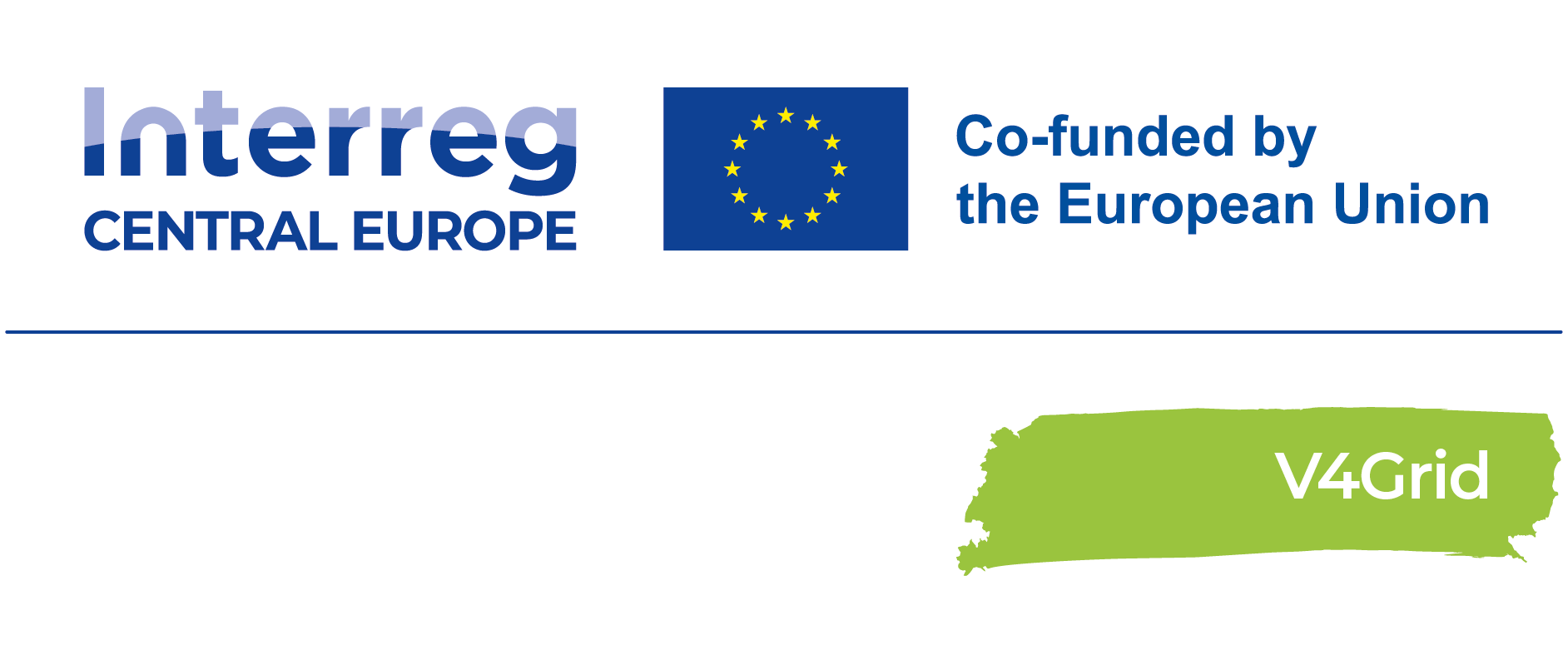By testing 18 bi-directional charging stations in 15 sites across four countries — Slovakia, Hungary, Czechia, and Poland, V4Grid project is exploring how these chargers can be integrated into various settings, including homes, office buildings, and commercial locations. With V2X charging, the grid can tap into stored energy from EVs during peak demand periods or when renewable energy generation is low, reducing the need for conventional backup power. Ultimately, this leads to a more stable and resilient grid. These installations will optimize energy flow through advanced systems that can balance demand and supply. In addition to the installation of V2X charging stations, the V4Grid project will focus on developing comprehensive business models and regulatory recommendations. The goal is to link electric vehicle charging station operators, energy suppliers, producers and consumers. Advanced models will capture and predict consumer behavior patterns, including vehicle arrival and departure times, energy consumption, and production patterns. Special attention will be given to maximizing the use of EV batteries, ensuring that the energy stored in them can be effectively utilized. The Impact and the Future of Sustainable Energy The V4Grid Project goes beyond merely enhancing energy storage. By integrating V2X technology, we are enhancing the role of electric vehicles (EVs) in the whole energy system. Rather than being passive consumers of electricity, EVs are evolving into active participants in managing energy flow. They not only store excess renewable energy but also release it back into the grid when needed, helping to balance supply and demand. With a focus on V2X technology, this project is unlocking new ways to enhance grid flexibility, reduce energy costs, and maximize the use of renewable energy. By enabling smarter energy practices like peak shaving and time-of-use charging, our goal is to discover innovative solutions that are both beneficial and applicable. This technology will help stabilize the grid and improve efficiency, while also playing a significant role in meeting the environmental goals driving the energy transition. These advancements have the potential to transform how we consume and distribute energy, making the future of energy consumption smarter, more sustainable, and better aligned not only with our needs but also with the needs of our planet.

Unlocking the Future of Energy Consumption: Exploring the Potential of Bi-directional EV Chargers
Date: 25.10.2024
By: V4Grid